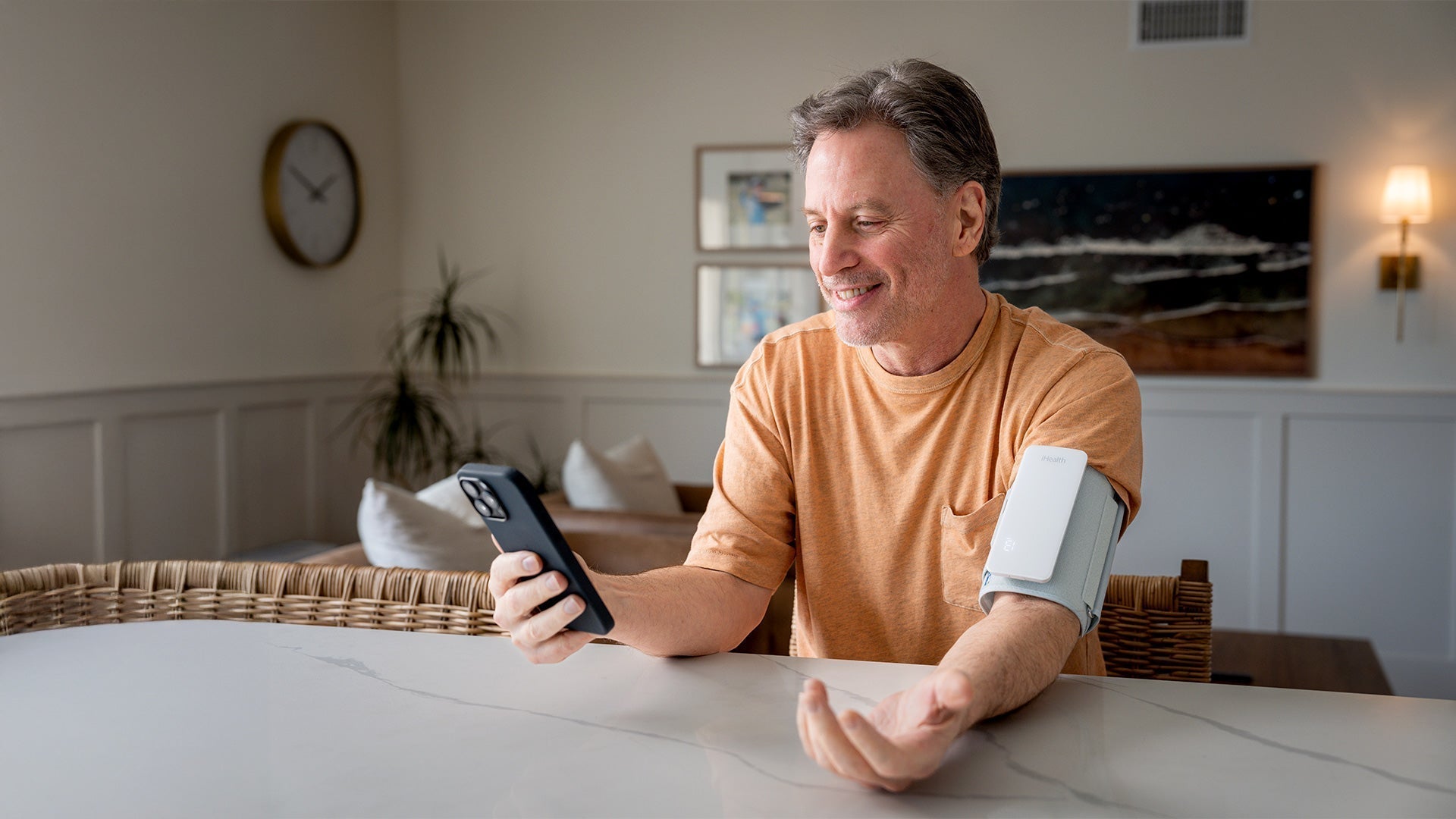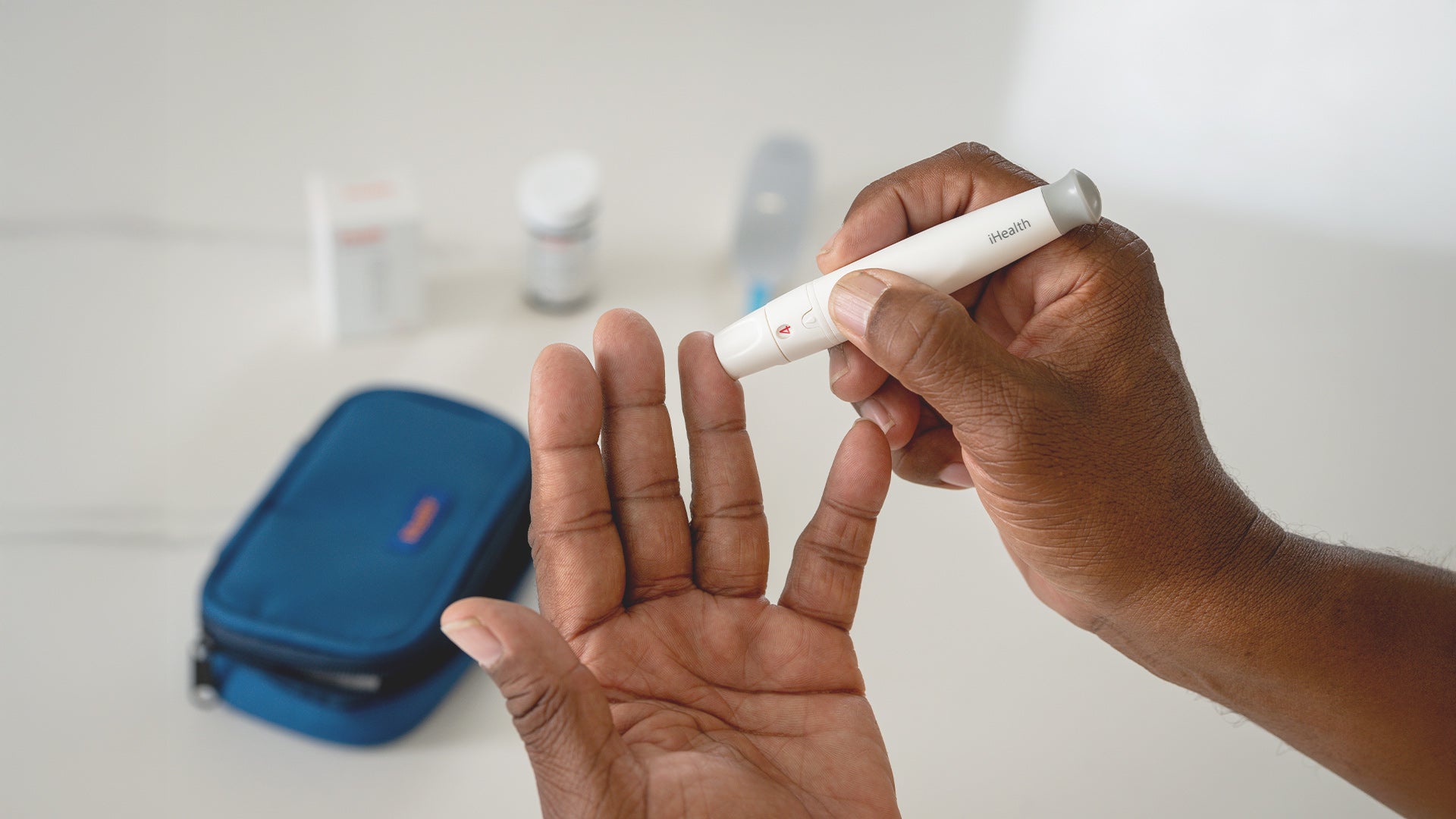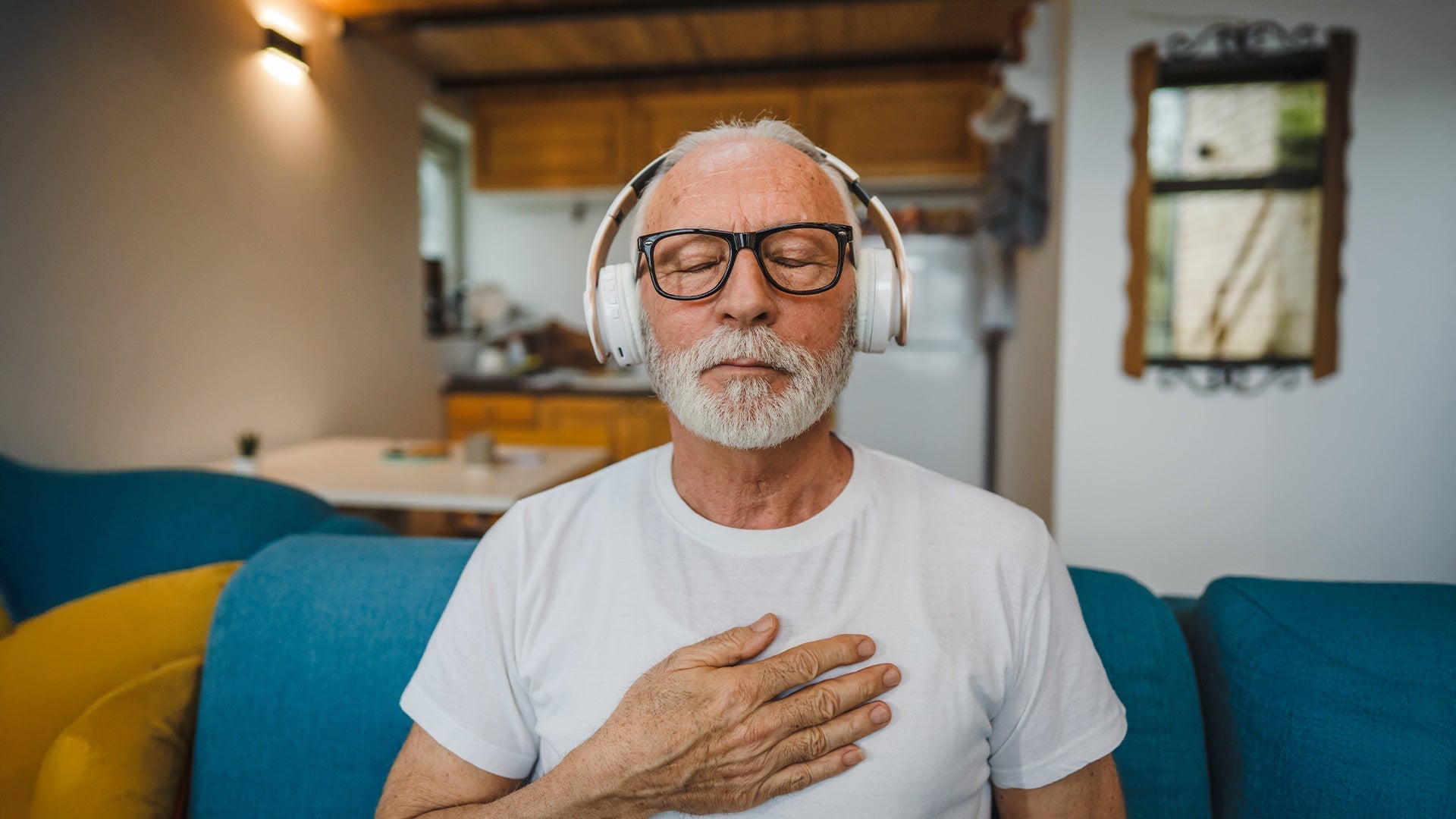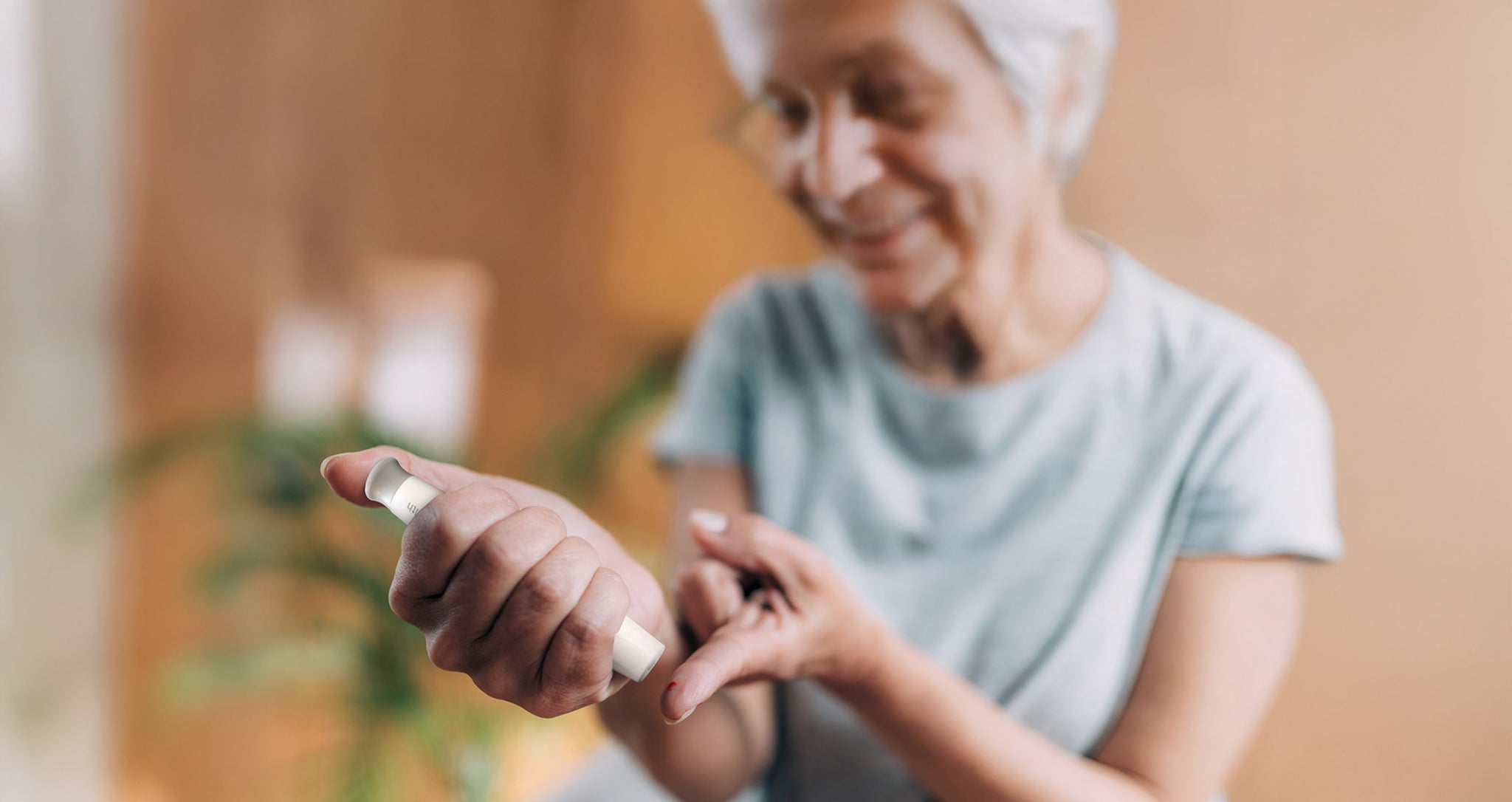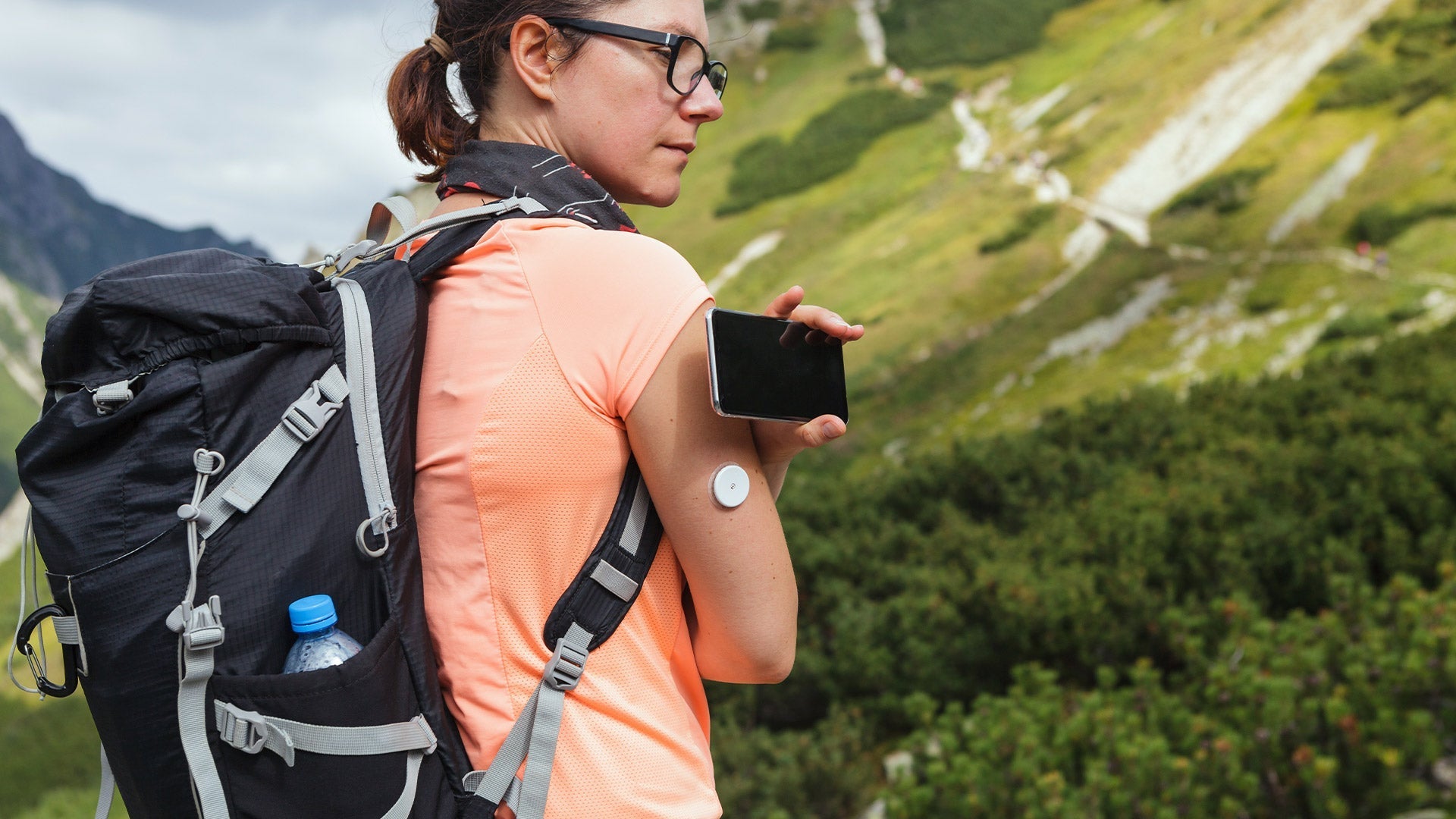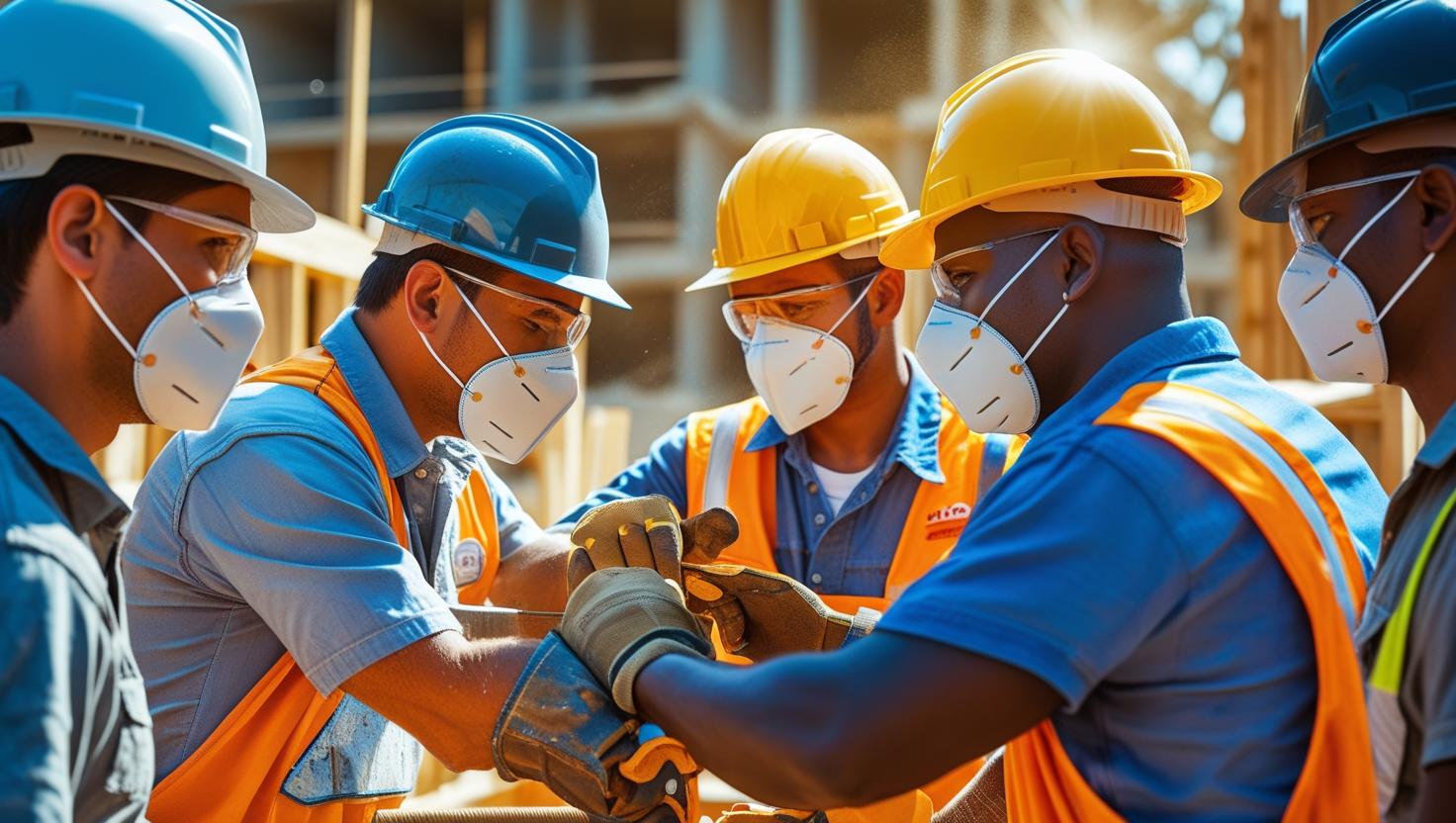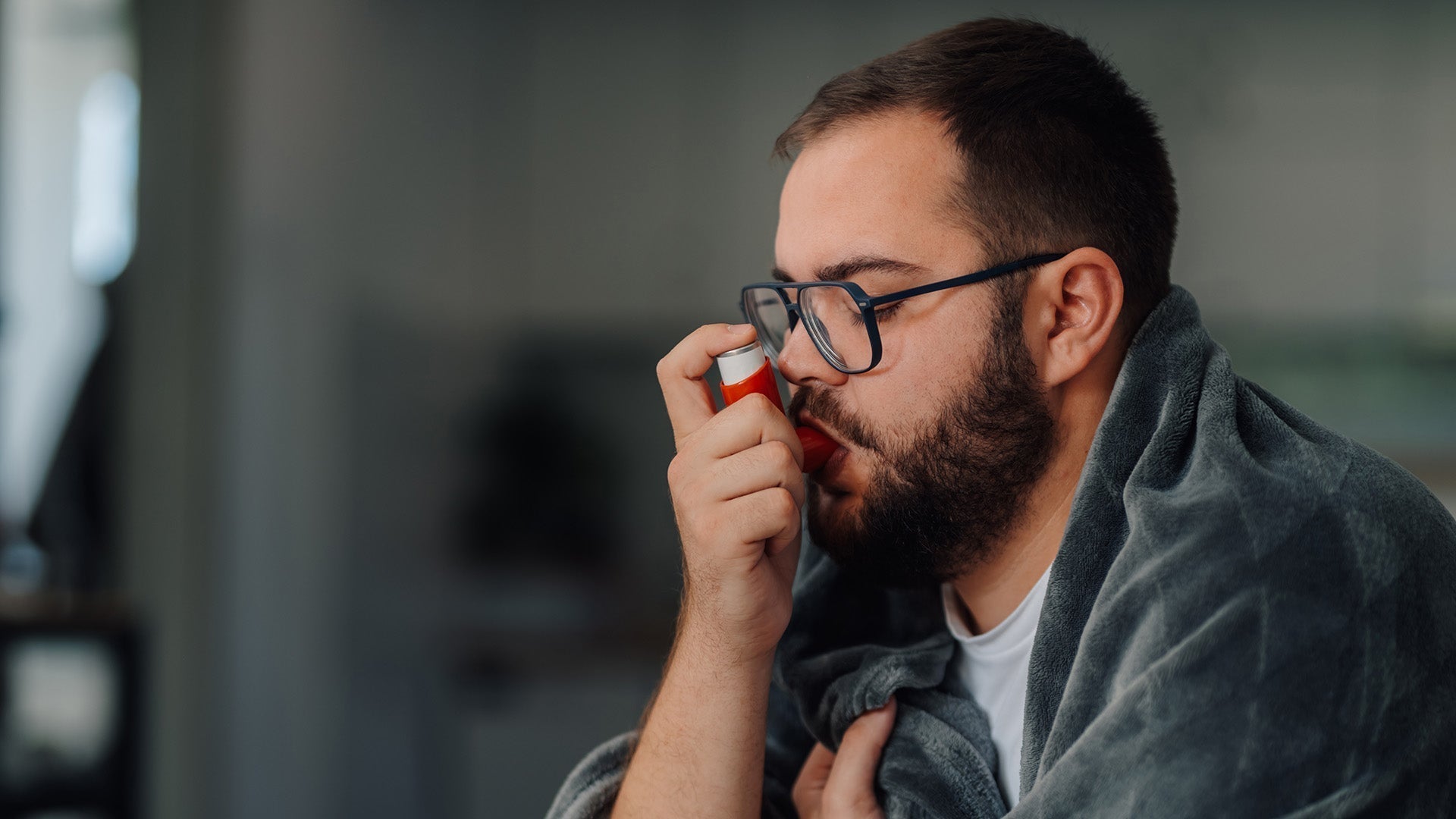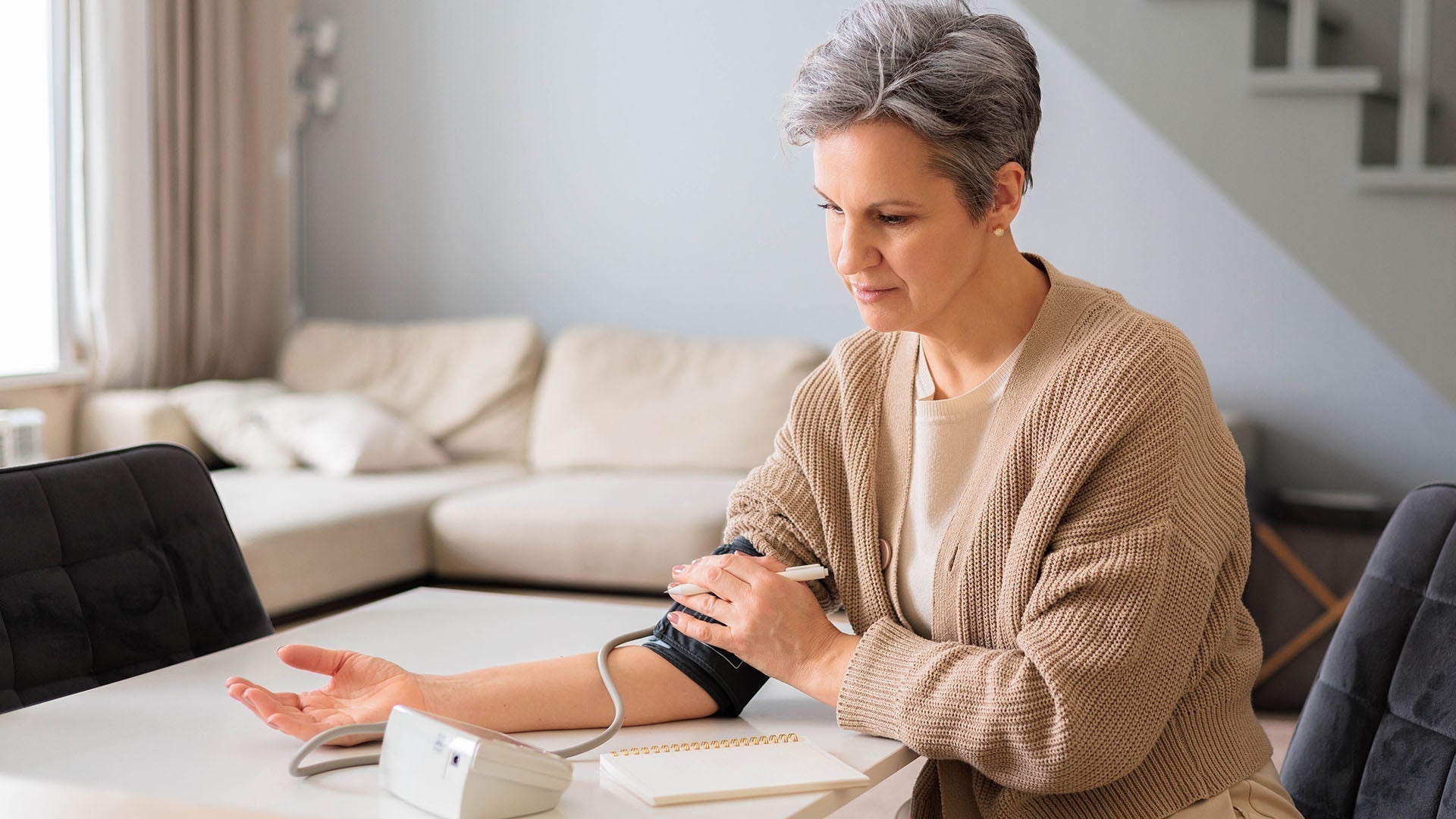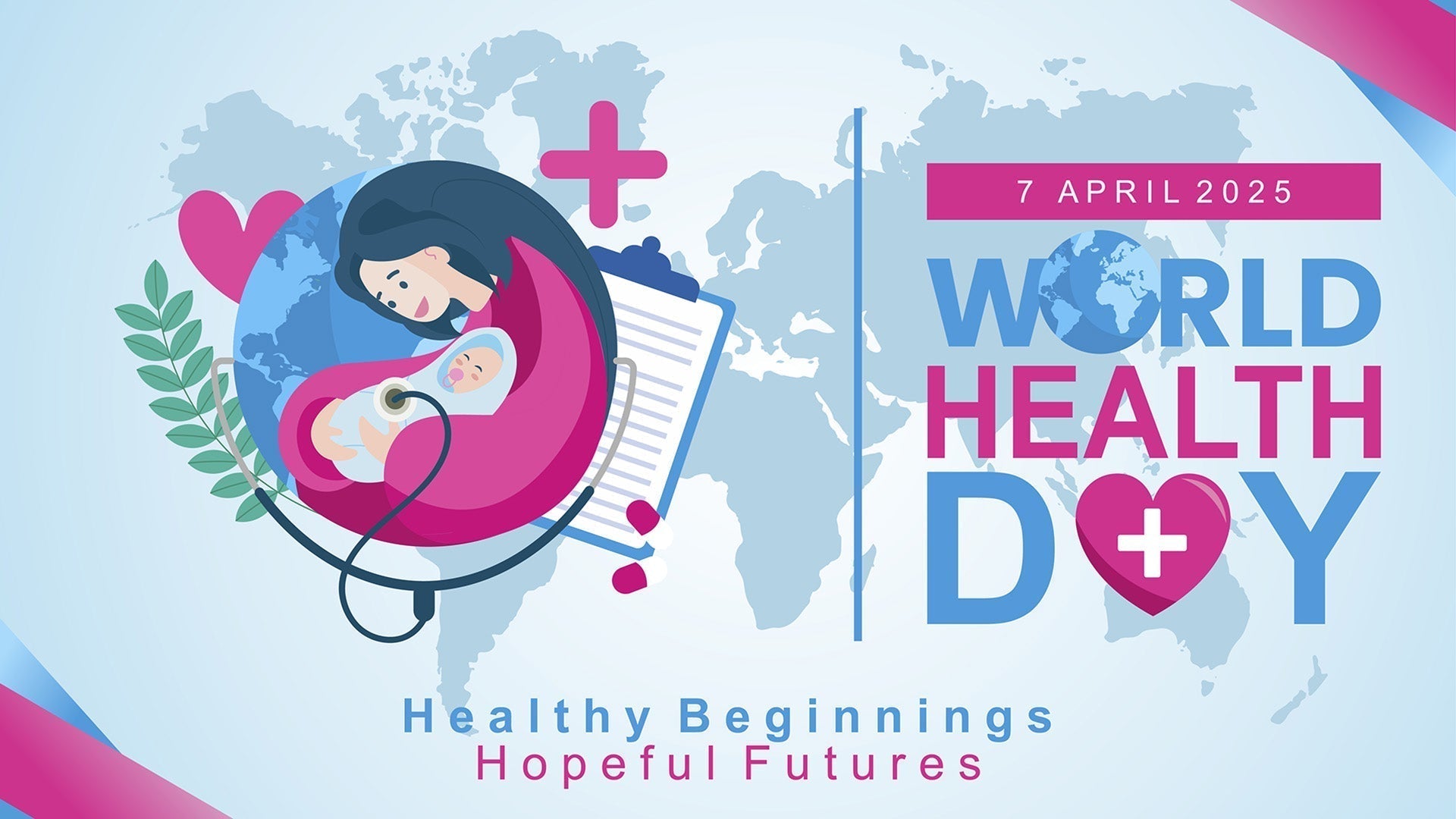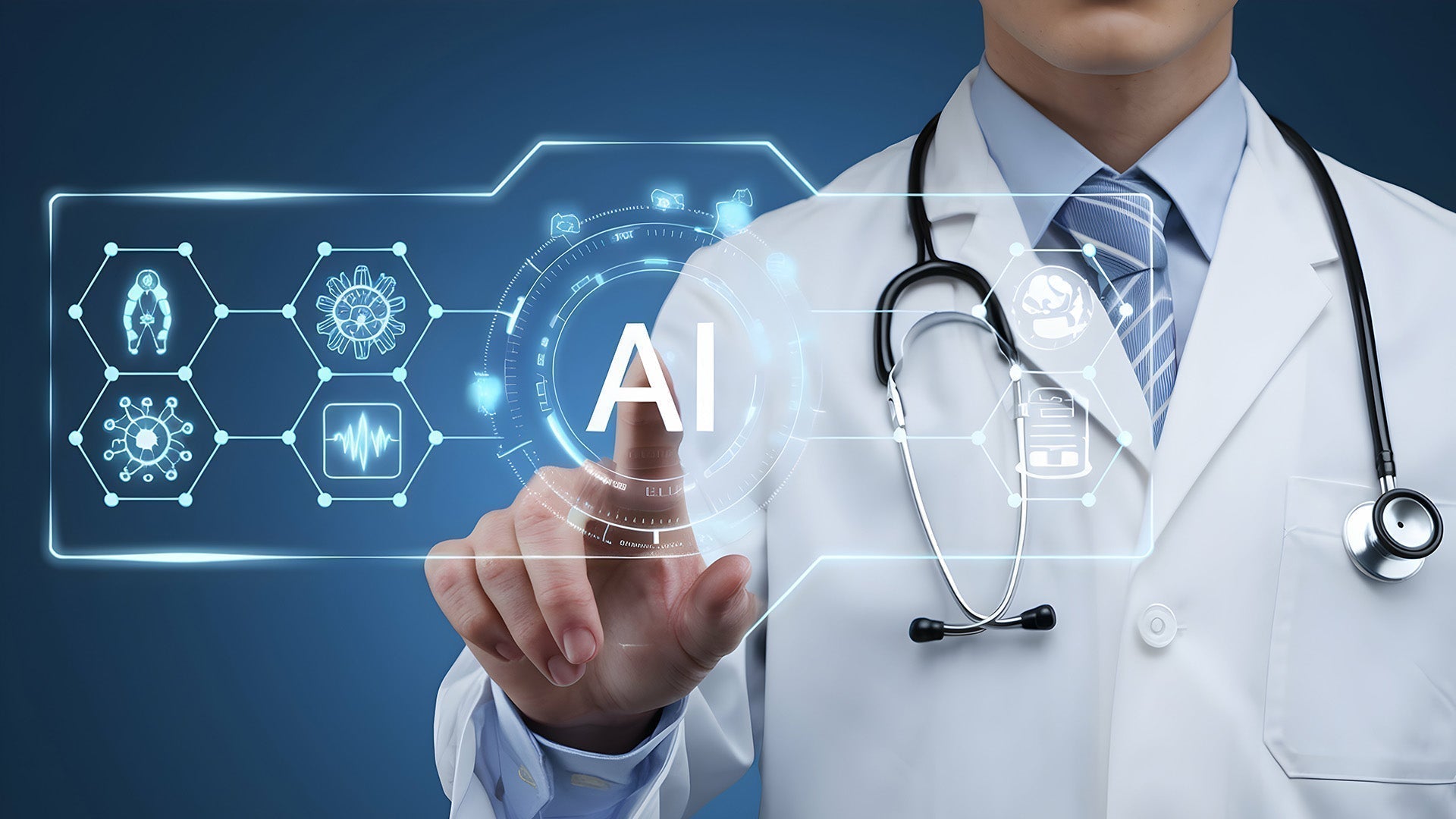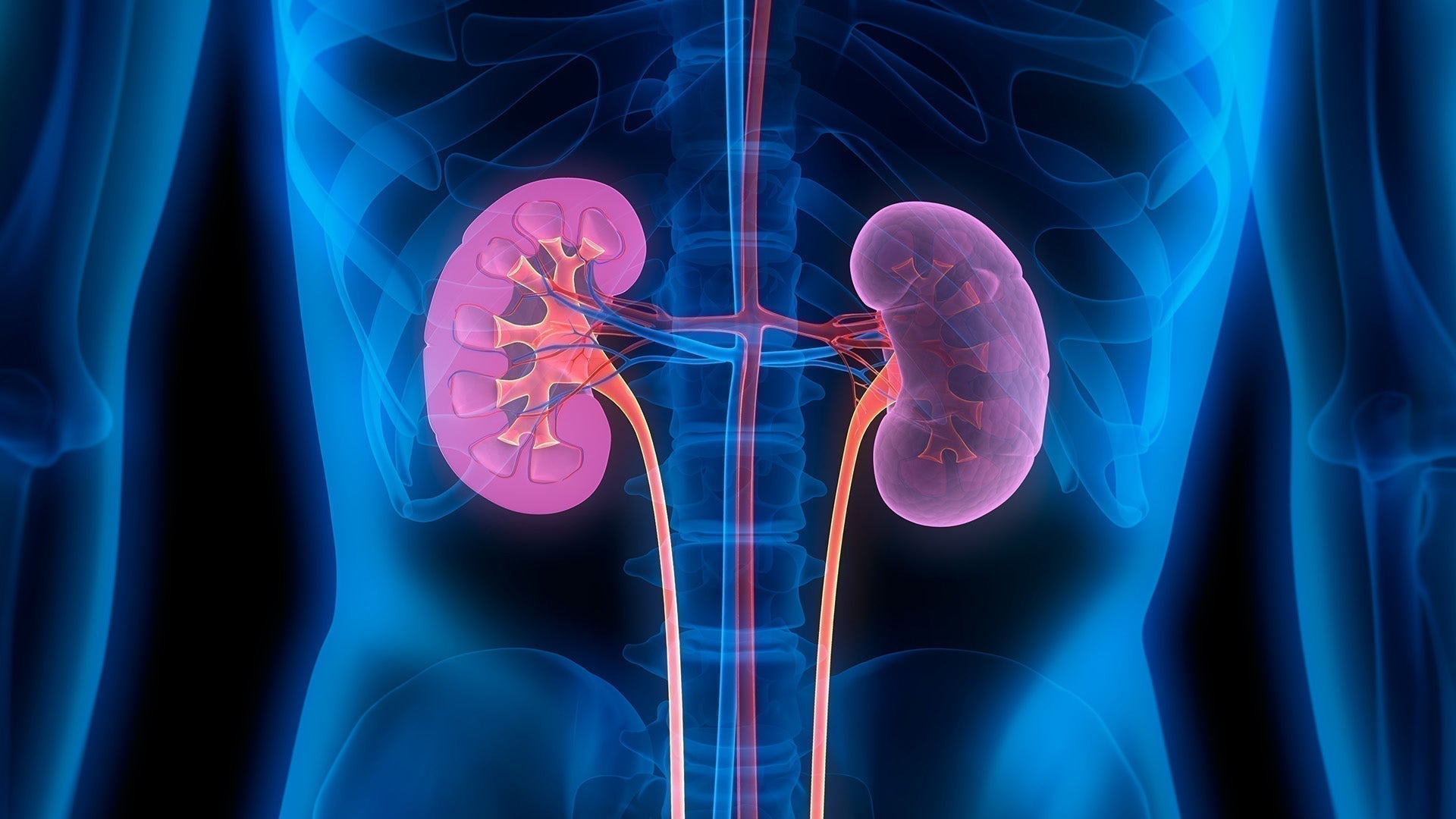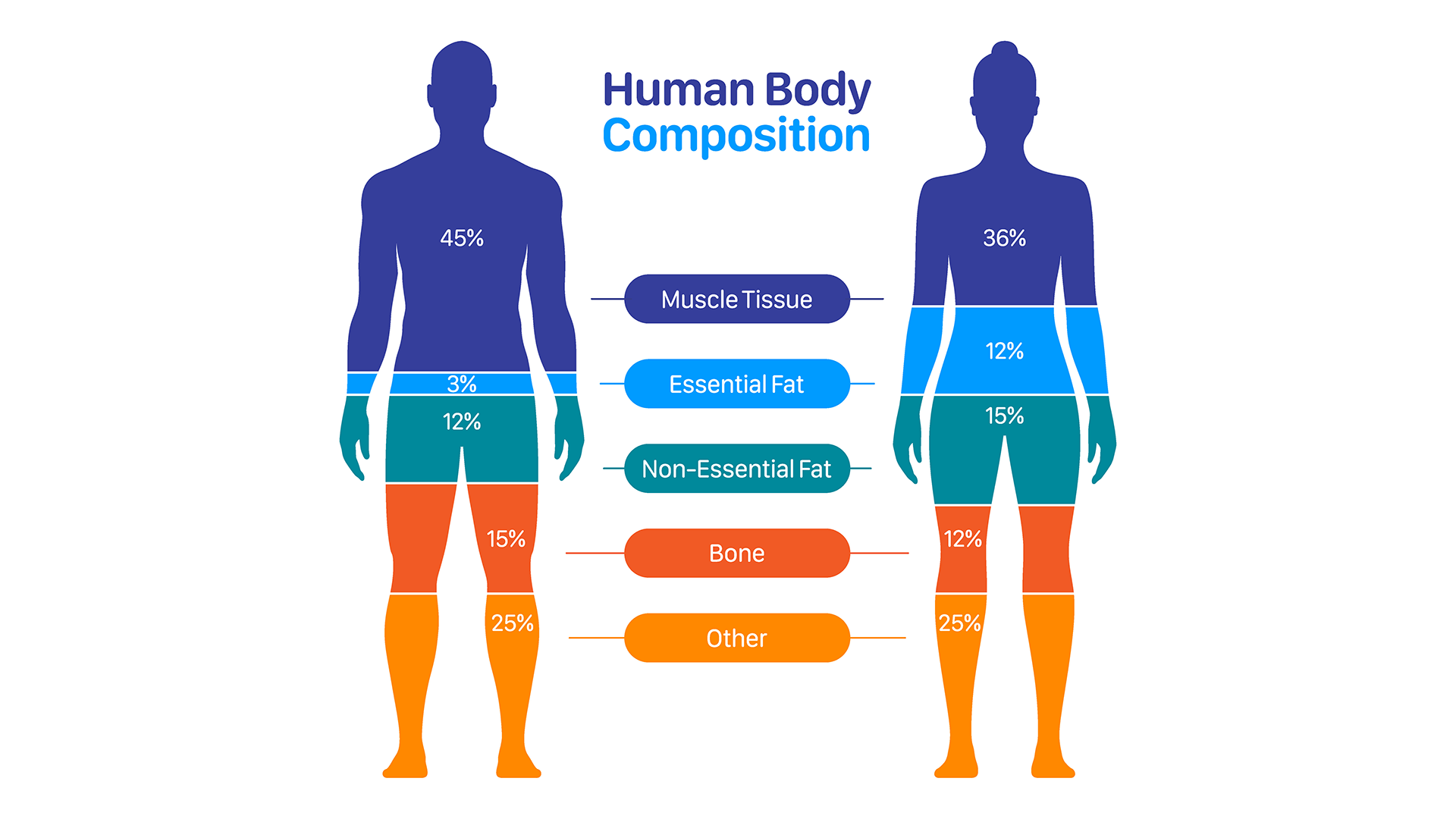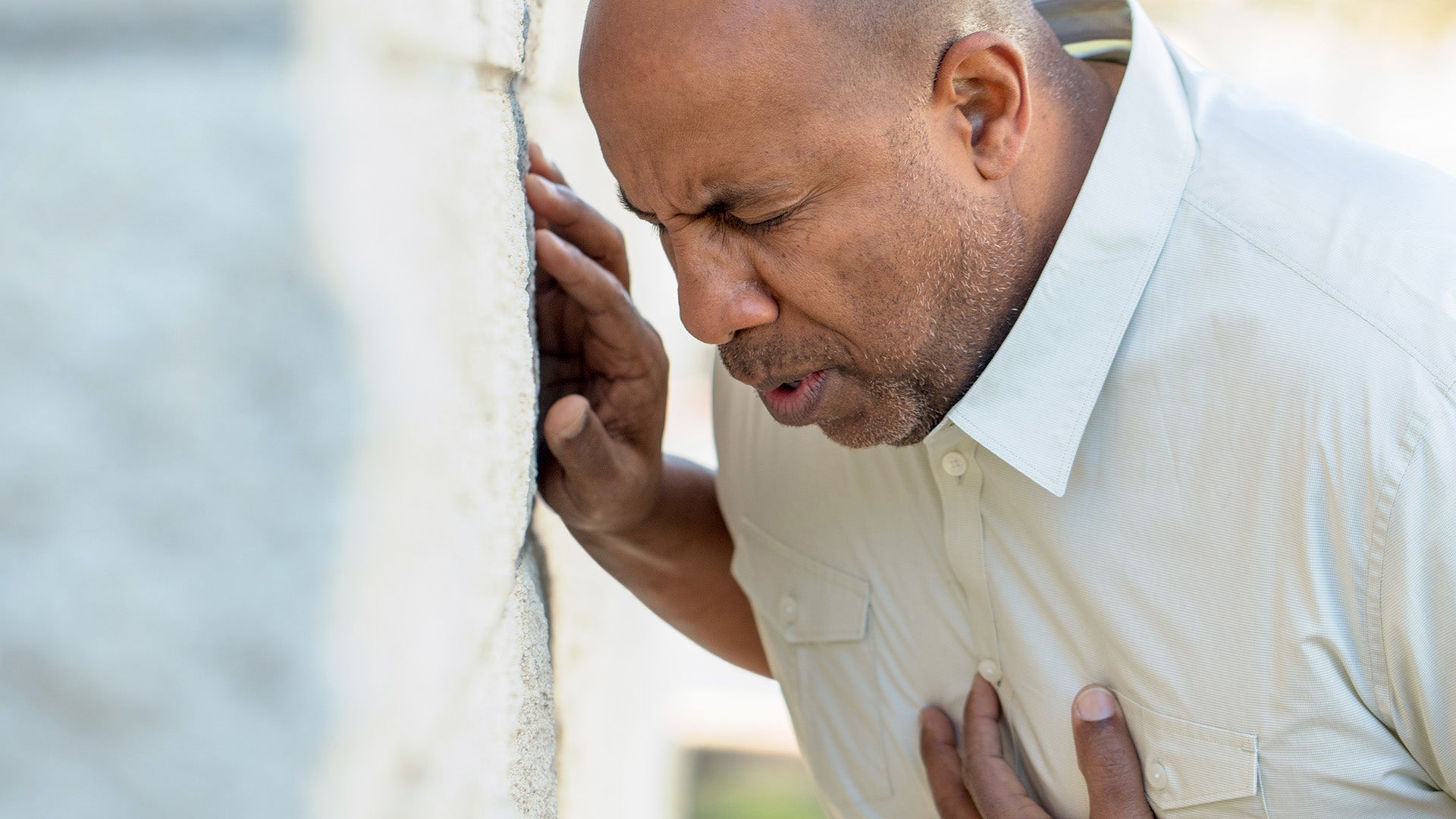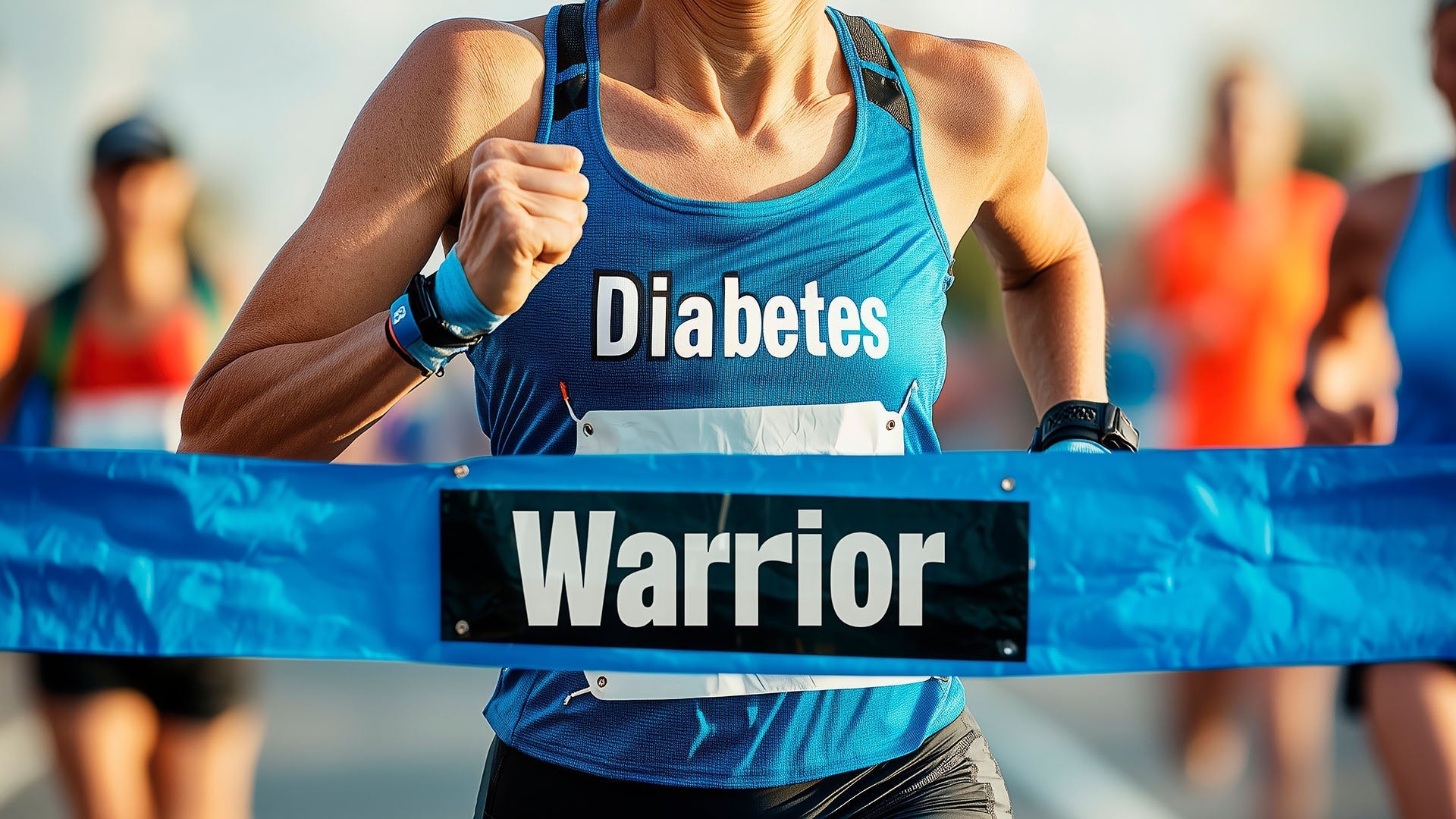Learn Your Way
to A Healthier Life

In 2022, the warehousing, manufacturing and construction industries reported over 700,000 nonfatal injuries and over 2,000 fatal accidents. Those findings from a 2024 U.S.Government Accountability Office study also found that consumer demand for products and services provided by those industries continued to rise—as did the pressure for greater productivity—often at the cost of worker safety.
National Safety Month, occurring annually in June, raises awareness about safety and health risks and encourages actions to reduce preventable injuries and deaths in the workplace, on roads and at home. This week’s theme, employee engagement, emphasizes creating safer workplaces by involving workers in those safety efforts. One of the most effective ways to support that inclusion is through the use of wearable technology, which are smart devices worn on the body.
Whether it’s monitoring the posture of an office employee or detecting fatigue in truckers, wearable technology plays an important role in injury prevention by alerting their users of potential issues early and enabling them to respond appropriately. For example, ergonomic wearables track repetitive motions and body alignment, nudging employees to adjust their stance or posture to avoid musculoskeletal injuries. In high-risk environments like transportation or manufacturing, fatigue-detection wearables analyze indicators like heart rate variability or head movement to spot signs of exhaustion, helping workers pause before mistakes or accidents occur.
Promoting Better Posture and Movement
Office environments may seem more low-risk, but ergonomic injuries—like back pain and repetitive motion stress—affect hundreds of thousands of workers each year. A study conducted by Sage Journals reported how the use of posture monitoring devices resulted in 8% lower neck flexion (when the chin lowers towards the chest) and 14% lower neck loading (stress experienced by the neck during various activities and movements) among office workers.
Posture monitoring devices work by providing gentle vibrations or smartphone notifications when poor posture is detected. Activity trackers can complement this approach by encouraging micro-breaks and movement throughout the day, helping prevent the chronic issues that develop from prolonged sitting.
Enhancing Protection with Smart Gear
Occupational hazards can be prevalent in product manufacturing and distribution industries, leading to injuries from strains, falls and dangerous surroundings. Wearable technology like exoskeletons, which can aid in heavy lifting, offer valuable solutions Sensor-equipped smart helmets and vests can also track environmental factors like air quality and personal health metrics.
According to a report published by global actuarial firm Milliman, Walmart’s product distribution center in Gordonsville, VA saw injuries reduced by 65% in their first year of implementing sensor-based lifting systems. The study also reported how Kinetic, an injury reduction solution provider, saw a 50% reduction in injury frequency, a 72% decrease in lost workdays and a 5% increase in productivity among their manufacturing clients after deploying wearables that monitored body metrics.
Supporting Those Who Care for Others
The International Journal of Environmental Research and Public Health found that healthcare workers, especially nurses and patient handlers, experience some of the highest rates of musculoskeletal injuries due to patient handling and long hours. Wearables are helping by easing their physical strain and providing day-to-day health metrics on these caregivers.
Back-support exoskeletons are now used during patient lifts and transfers to reduce back and shoulder load. In a study published in BMC Nursing, nurses wearing lumbar exosuits had 11% less back muscle activation—helping lower the risk of injury. Smartwatches and badges are also being utilized to track vital signs like heart rate and fatigue, alerting workers to early signs of exhaustion or overwork.
Detecting Fatigue and Preventing Collisions
According to Frontiers in Physiology, fatigue contributes to 20-50% of crashes involving commercial vehicles used to transport goods or passengers for various industries. With these vehicles forming the backbone of global logistics and public transport, monitoring driver fatigue is one of the most impactful ways for wearable technology to enhance safety. Devices like wristbands and glasses equipped with biosensors and cameras can identify early signs of drowsiness through heart rate variability and eye movement patterns, providing timely alerts that prevent accidents before they occur.
A promising study from ScienceDirect revealed how AI-algorithms connected to electrocardiograms (ECG) worn on the wrist were able to detect drowsiness in commercial drivers with a 93.4% accuracy. The system was able to assess driver heart rates and prevent exhausted drivers from operating their vehicles-preventing accidents and injuries.
From reducing the chronic pain that affects office workers to preventing accidents in manufacturing industries, wearable technology represents a promising opportunity to make workplaces safer for everyone. As more companies adopt wearable technology, the workplace can evolve towards a culture that places safety and well-being at the forefront.
References
- U.S. Government Accountability Office - Wearable Technologies in the Workplace
- GoodRx - Repetitive Strain Injuries: How to Avoid Them While Working From Home
- Sage Journals - Influence of the wearable posture correction sensor on head and neck posture
- Iconic Research and Engineering Journals - Smart PPE and Wearable Technology for Enhancing Worker Safety in the Oil and Gas Industry
- Milliman - Improving workers’ compensation loss experience using wearable technology
- International Journal of Environmental Research and Public Health - Prevalence of Body Area Work-Related Musculoskeletal Disorders Among Healthcare Professionals
- BMC Nursing - Exoskeleton technology in nursing practice: assessing effectiveness, usability, and impact on nurses’ quality of work life
- Frontiers in Physiology - Fatigue Monitoring Through Wearables
- ScienceDirect - Monitoring fatigue and drowsiness in motor vehicle occupants using electrocardiogram and heart rate
Sign Up For More From iHealth
Receive the Latest News and Special Offers


